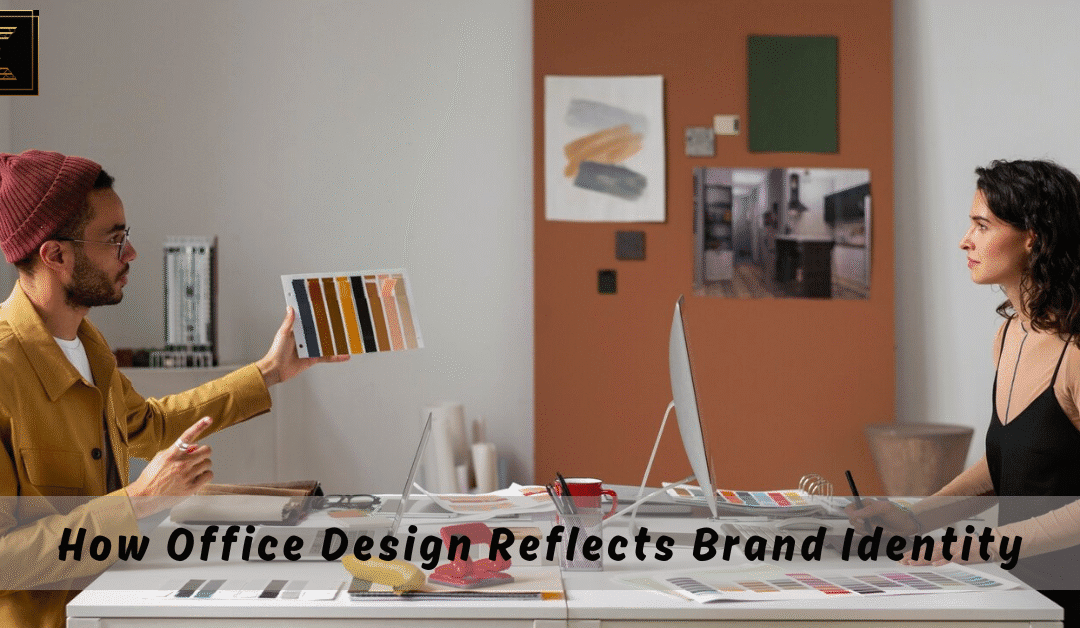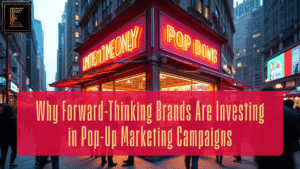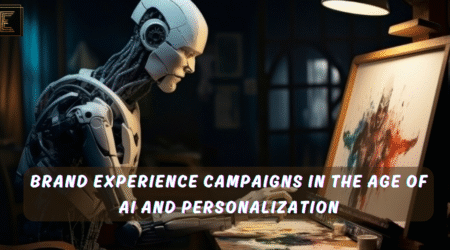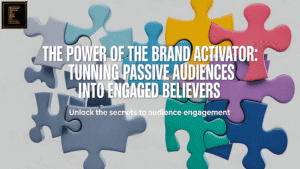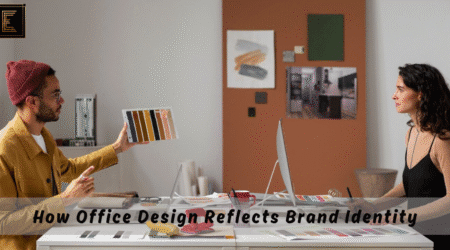When people think of branding, they usually imagine logos, websites, or social media profiles. But in reality, your office space plays a powerful role in telling your brand’s story. From the moment someone steps through your door, your workspace is creating a lasting impression—whether you realize it or not.
In today’s world, Office Design for Brand Identity isn’t just a trend—it’s an essential strategy. It influences how your employees feel, how visitors perceive your company, and how aligned your environment is with your values. In short, your office is the stage where your brand performs every single day.
Why Office Design Matters in Building Brand Identity
Your physical office environment is a direct extension of your brand. It communicates your mission, values, and work culture—without saying a word.
Here’s why office design is essential:
- Builds trust and credibility with clients and partners
- Reinforces internal culture and company values
- Boosts employee morale and productivity
- Creates a cohesive brand experience that aligns with your marketing and visual identity
Whether you’re a creative startup or a corporate law firm, your space should embody your unique brand voice.
Elements That Reflect Brand Identity in Office Design
A thoughtful approach to office design blends aesthetics with functionality. Every detail—wall colors, lighting, layout, and décor—should reflect who you are as a brand.
Here’s a breakdown of key elements that shape the brand experience in office design:
| Design Element | Impact on Brand Identity |
| Wall Colors | Sets the emotional tone; reinforces brand palette |
| Layout & Furniture | Shows organizational values: collaboration, structure, flexibility |
| Lighting | Influences mood and functionality; reflects innovation or calmness |
| Branding Touchpoints | Signage, logos, murals, and visual storytelling enhance brand recall |
| Work Culture Zones | Recreational or quiet areas show your focus on wellness or productivity |
1. Wall Colors: More Than Just Paint
Colors speak volumes. They can make your space feel calm, exciting, serious, or playful—depending on what your brand represents.
Example color strategies:
- Blue: Trust, calm, professionalism (ideal for finance or healthcare)
- Green: Growth, sustainability, balance (great for eco-friendly brands)
- Yellow/Orange: Optimism, creativity, energy (perfect for startups and creative agencies)
- Black & White: Sophistication, simplicity (for luxury or tech brands)
Pro Tip: Stick to your brand’s primary and secondary color palette across walls, furniture, and accents.
2. Layout and Furniture: Reflecting Work Culture
The way your office is arranged says a lot about how your business operates.
Common layout types and what they represent:
- Open Layouts: Promote collaboration, transparency, and creativity
- Private Cubicles: Represent focus, structure, and formal hierarchy
- Hybrid Layouts: Offer balance with flexible spaces and privacy zones
Choose furniture that matches your brand personality:
- Sleek, modern desks for tech-forward brands
- Cozy lounges and beanbags for casual, employee-friendly vibes
- Ergonomic chairs to show care for employee well-being
3. Lighting: Setting the Mood
Lighting plays a huge role in shaping mood and productivity, both for employees and visitors.
Types of lighting:
- Natural Light: Boosts wellness and creativity
- Soft Lighting: Creates a calm, inviting ambiance
- LED & Smart Lights: Reflect innovation and modernity
Remember: Bad lighting can damage your brand impression. Prioritize well-lit spaces in key areas like reception, workstations, and meeting rooms.
4. Branding Touchpoints: Visual Storytelling
Your office should serve as a physical manifestation of your brand’s voice. Add elements that subtly or boldly reinforce your story:
- Branded welcome signs or front desk logos
- Murals that represent your mission or history
- Branded meeting rooms with themed decor
- Digital screens showcasing brand messages
Important: Consistency matters. Make sure these elements match your digital branding and website.
5. Designing Spaces That Support Culture
Your work culture should be felt in your office layout. Do you value teamwork? Innovation? Wellness?
Examples:
- Collaboration zones with writable walls and comfy seating
- Quiet pods for focused work and mindfulness
- Recreation areas with games, books, or wellness tools
- Open kitchens that promote transparency and connection
When people feel your culture the moment they walk in, you’re delivering a real brand experience in office design.
Real-World Examples to Inspire You
Let’s look at how top brands have used office design to tell their stories:
1. Airbnb
- Travel-themed rooms and home-like lounges
- Reinforces brand values of “belonging” and “community”
2. WeWork
- Modern, artful, and adaptable coworking spaces
- Emphasizes innovation and startup culture
3. Innocent Drinks
- Grass flooring, picnic benches, and playful design
- Echoes their fun, honest, and down-to-earth brand
These offices aren’t just functional—they immerse visitors and employees in a branded experience.
Common Mistakes to Avoid
Many businesses unintentionally damage their brand image by overlooking office design. Don’t fall into these traps:
- Choosing aesthetics over employee comfort
- Inconsistent branding across rooms and areas
- Over-cluttering with too many logos or bold colors
- Neglecting lighting, air quality, or noise control
- Ignoring evolving brand identity as the company grows
Tips for Creating a Brand-Centric Office
Here’s how to get started:
- Conduct a brand audit – Identify your values, tone, and core message
- Get employee input – They live in the space and know what works
- Work with experienced designers – Especially those with branding knowledge
- Create flexible spaces – That can adapt with your business
- Ensure visual consistency – Use your fonts, colors, and logo wisely
Think of your office as a sensory brand experience—from the front door to the last meeting room.
Conclusion: Does Your Office Reflect Your Brand?
Your office is more than just a place to work—it’s a physical showcase of your brand’s personality. Every wall, chair, and light switch plays a role in shaping the brand experience in office design.
By aligning your workspace with your identity, values, and culture, you create not just a productive environment but a memorable one. If your space doesn’t yet reflect who you are, now’s the time to change that.
FAQs
1. What is Office Design for Brand Identity?
It refers to designing your office in a way that visually and emotionally reflects your company’s values, culture, and brand personality.
2. How does office design influence company culture?
Design affects how people interact, collaborate, and feel at work. An office aligned with company culture improves engagement and morale.
3. What are the key features of brand-focused office design?
Wall colors, furniture, lighting, branding elements, and layout that consistently reflect brand tone and values.
4. How can small businesses use office design for branding?
By using branded colors, low-cost visual touchpoints, and layout choices that align with their mission, even small offices can reflect strong brand identity.
5. What are common mistakes in office design?
Focusing only on looks, neglecting employee comfort, inconsistent branding, and poor lighting or acoustic planning.

